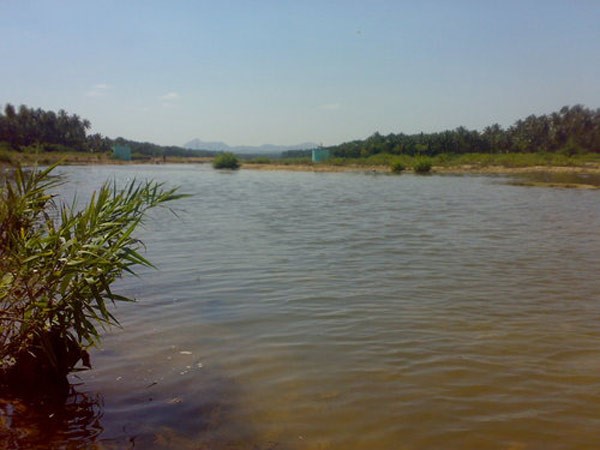ORIGIN/HISTORY:
- The Lakshmi Narayana Perumal Temple in Thirumanancheri, Nagapattinam is an ancient temple that is believed to date back to the Chola period (9th to 13th centuries CE).
- The temple was originally built by the Chola kings, but it has been renovated and expanded many times over the centuries. The current temple structure is believed to date back to the 18th century CE.
- This temple was consecrated in 2002. Again this temple was renovated and consecrated in 2013.
- The temple is dedicated to Lord Vishnu, the preserver god in the Hindu trinity, and his consort Lakshmi, the goddess of wealth and prosperity.
- It is believed that Lakshmi Narayana Perumal had duly conducted the marriage of Kalyana Sundareswarar and Parvathy Devi.
- In this temple, Perumal is facing westward.The temple's history is closely linked to the legend of Kalyana Sundareswarar and Parvathy Devi.
- According to the legend, Lord Vishnu himself conducted the marriage of these two deities at this site. This is why the temple is sometimes referred to as the "Kalyana Mandapam'' (wedding hall).
- The temple is located on the banks of the Kollidam River, and it is surrounded by a large tank. The temple complex includes a number of shrines, including the main shrine dedicated to Lakshmi Narayana Perumal, shrines dedicated to Varadharaja Perumal, Dhanvandhiri Perumal, and Anjeneyar, and a number of other smaller shrines.
- The temple is a popular pilgrimage site for Hindus from all over India.
Here are some of the important events in the history of the Lakshmi Narayana Perumal Temple:
- 9th to 13th centuries CE: The temple is believed to have been built during the Chola period.
- 18th century CE: The current temple structure is believed to date back to this time period.
- 19th century CE: The temple was renovated and expanded during this time period.
- 20th century CE: The temple continued to be a popular pilgrimage site for Hindus.
- 21st century CE: The temple is still a popular pilgrimage site today, and it is also a popular tourist destination.
02bb1c.png)
